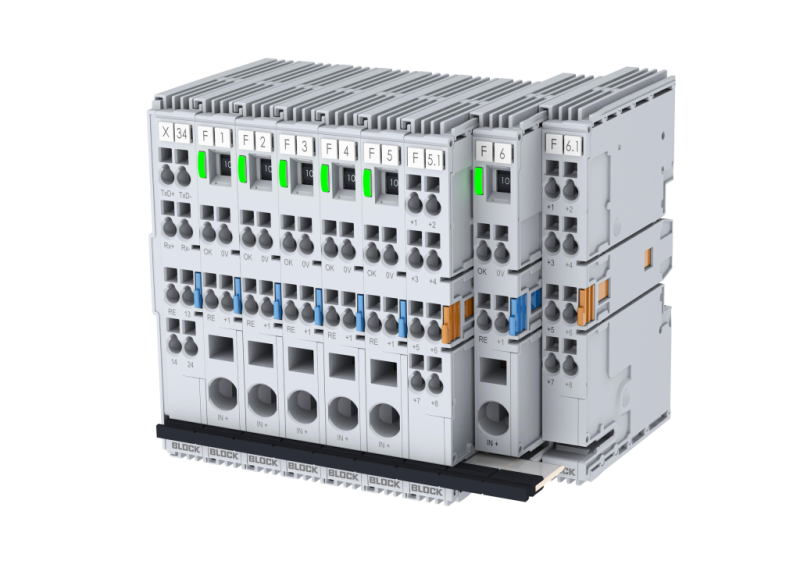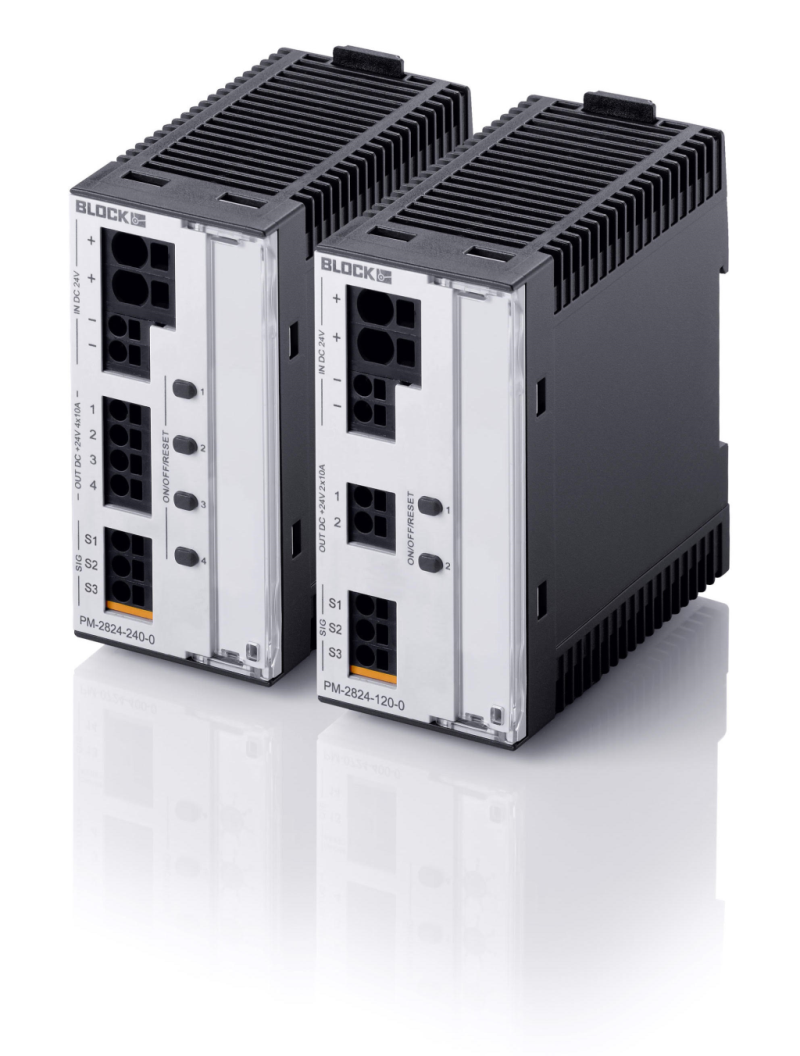 In many installations engineers have to take into consideration Class 2 or limited power circuits in with regard to industrial control panels meeting the requirement of UL508A. However, many of them really do not know what the basic meaning behind the requirements and what the differences and benefits are when implementing such a special circuit into a panel. The basic definitions of a Class 2 circuit of NEC (National Electrical Code – Chapter 725) are specific limitations of voltage, current and power within a separate part of the installation located behind a Class 2 power supply or transformer and the loads connected to this. Based on these limitations it is assumed that there is no risk of fire or an electrical shock within a Class 2 circuit. The limits apply to two basic areas in view of the feeding source:
In many installations engineers have to take into consideration Class 2 or limited power circuits in with regard to industrial control panels meeting the requirement of UL508A. However, many of them really do not know what the basic meaning behind the requirements and what the differences and benefits are when implementing such a special circuit into a panel. The basic definitions of a Class 2 circuit of NEC (National Electrical Code – Chapter 725) are specific limitations of voltage, current and power within a separate part of the installation located behind a Class 2 power supply or transformer and the loads connected to this. Based on these limitations it is assumed that there is no risk of fire or an electrical shock within a Class 2 circuit. The limits apply to two basic areas in view of the feeding source:
- Inherently Limited
- Non-Inherently Limited
When protection is established by an inherently limited device, no extra fusing needs to be installed and such a certified source can be easily installed for Class 2 supply. Technically a switch mode power supply (SMPS) does not count as inherently limited, but can be used for feeding a class 2 circuit when complying with UL1310 respectively UL5085 Part 1 & 3 for regular transformers. Tables 11A & B of the National Electrical Code are to be used, when a separate circuit is to be supplied from a non-Class 2 certified source. This alternate approach does normally lead into additional tests and deeper investigations during certification process and finally into specific limitations due to the use of different manufacturers and/or technical limitations as well as additional costs. For this reason, the use of appropriately tested and approved devices is recommended.
Requirements to establish Class 2 circuits in accordance with UL508A
The design of an industrial control panel is now relatively simple. The basic requirements in view of the component´s requirements are listed in chapter 44.1.1:
-
Transformers:
- UL 5085-1: General Requirements
- UL 5085-2: Class 2 and Class 3 Transformers
-
Power Supplies:
- Class 2 Power Supplies
In accordance with chapter 44.2.1 all components inside a Class 2 circuit do not need to meet any specific requirements and are not to be investigated. This offers an enormous benefit based on what the application is, if the designer can move away from certified to non-certified components.
Requirements for an alternative construction of Low-Voltage Limited Energy Circuits
Different components can be used to create a Class 2 equivalent. For this approach various devices can be used which have to comply with different requirements per chapter 43.1.1 of UL508A. Thus a simple transformer being fused in a certain way can be used to create a limited power circuit per NEC. It is the same for a SMPS which does comply with UL60950-1 LPS (Limited Power Source) requirements. Technically the output values are almost similar, but finally having different construction requirements than a SMPS complying with UL1310. However, this option is only available for equipment tested in accordance with the UL60950-1. It is important system designers closely monitor future standards development, as IEC 60950-1 has already been withdrawn. When a component fulfills this LPS option, it is also pointed out in UL’s Online Certification Directory.
New Opportunities through Electronic Circuit Breakers (eBreakers)
 A variety of different circuits can be found in a typical control cabinet. Starting with the feeder and branch circuit from which a wide variety of loads are to be supplied. In almost every panel there will also be DC SMPS, which are generally used to implement the 24Vdc control circuit. If one or several Class 2 circuits become necessary for certain applications or requirements it is still necessary to use a separate power supply per circuit with appropriate certification. This now can be waived. The use of Class 2 certified eBreakers will ensure that all outputs comply with the requirements of NEC Class 2 (Chapter 725) without any restrictions. Due to the possibility of communication via PLC or even just by simple signal contacts, the cost/benefit factor is significantly increased. If the secondary side of a central SMPS is spread into multiple circuits, not all of which must comply with the Class 2 values, the latest intelligent and very-flexible eBreaker products are an ideal solution. Depending on requirements, up to 40 channels can be added, which establish both, class 2 and regular fused circuits at control voltage level. This is just another step in making the construction of 24Vdc control circuits intelligent and communicative in a simple way. Whether with traditional NEC Class 2 circuit or the latest fully flexible eBreaker, the protection of 24Vdc circuits inside the panel is now considerably simplified and opens up multitude of further possibilities in the sense of Industry 4.0 / IOT.
A variety of different circuits can be found in a typical control cabinet. Starting with the feeder and branch circuit from which a wide variety of loads are to be supplied. In almost every panel there will also be DC SMPS, which are generally used to implement the 24Vdc control circuit. If one or several Class 2 circuits become necessary for certain applications or requirements it is still necessary to use a separate power supply per circuit with appropriate certification. This now can be waived. The use of Class 2 certified eBreakers will ensure that all outputs comply with the requirements of NEC Class 2 (Chapter 725) without any restrictions. Due to the possibility of communication via PLC or even just by simple signal contacts, the cost/benefit factor is significantly increased. If the secondary side of a central SMPS is spread into multiple circuits, not all of which must comply with the Class 2 values, the latest intelligent and very-flexible eBreaker products are an ideal solution. Depending on requirements, up to 40 channels can be added, which establish both, class 2 and regular fused circuits at control voltage level. This is just another step in making the construction of 24Vdc control circuits intelligent and communicative in a simple way. Whether with traditional NEC Class 2 circuit or the latest fully flexible eBreaker, the protection of 24Vdc circuits inside the panel is now considerably simplified and opens up multitude of further possibilities in the sense of Industry 4.0 / IOT.
By Christoph Wesner, Head of Application Engineering
Additional information about eBreakers is to be found on www.block.eu

